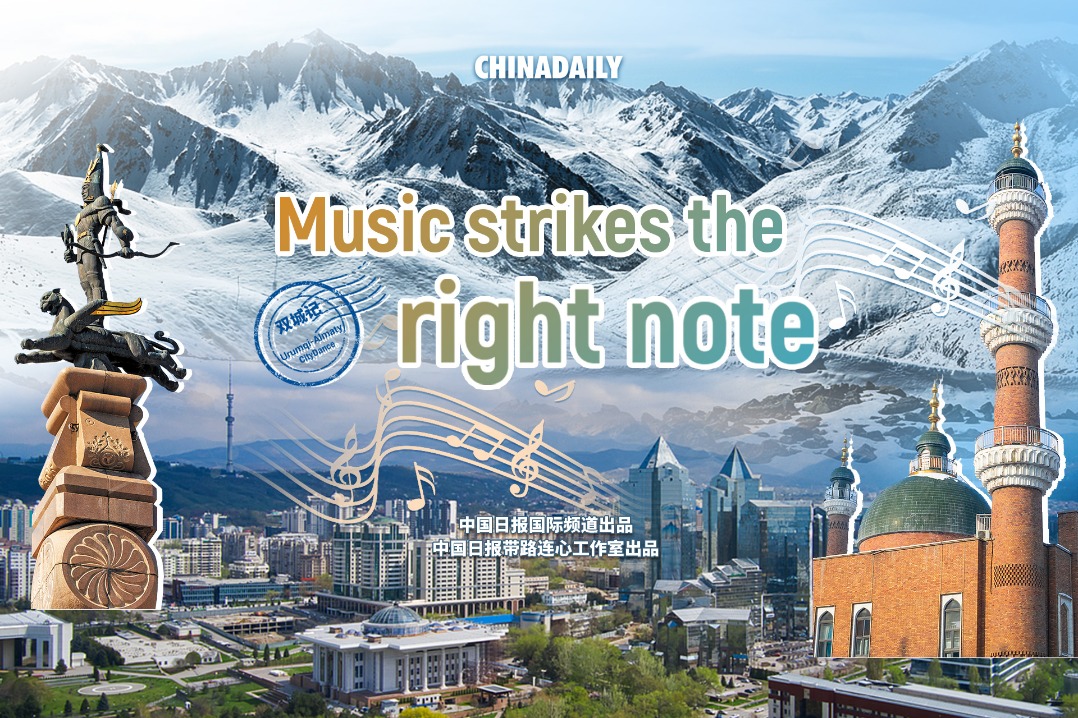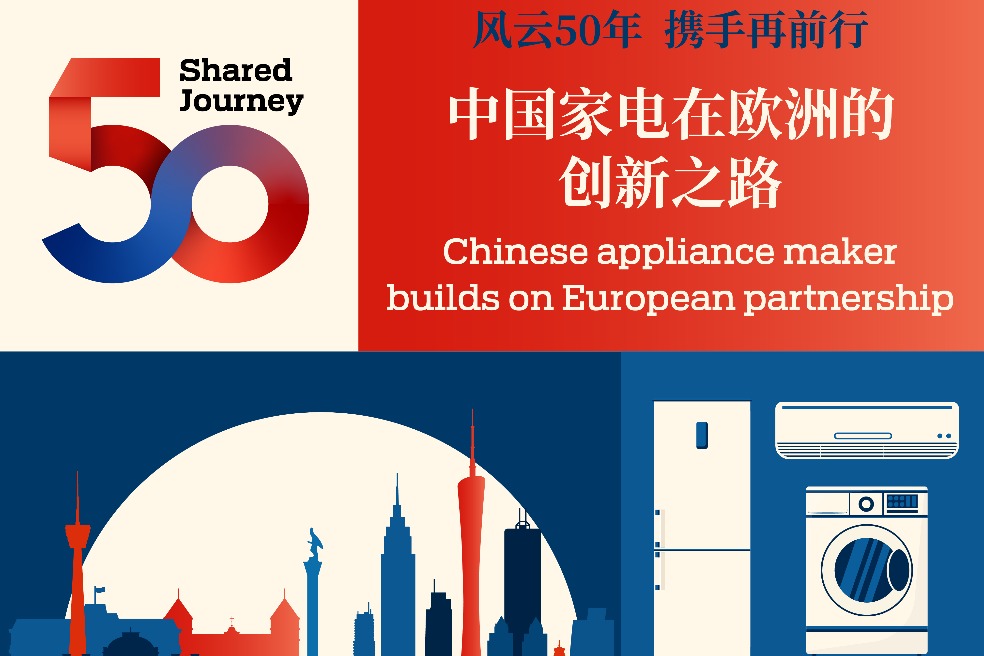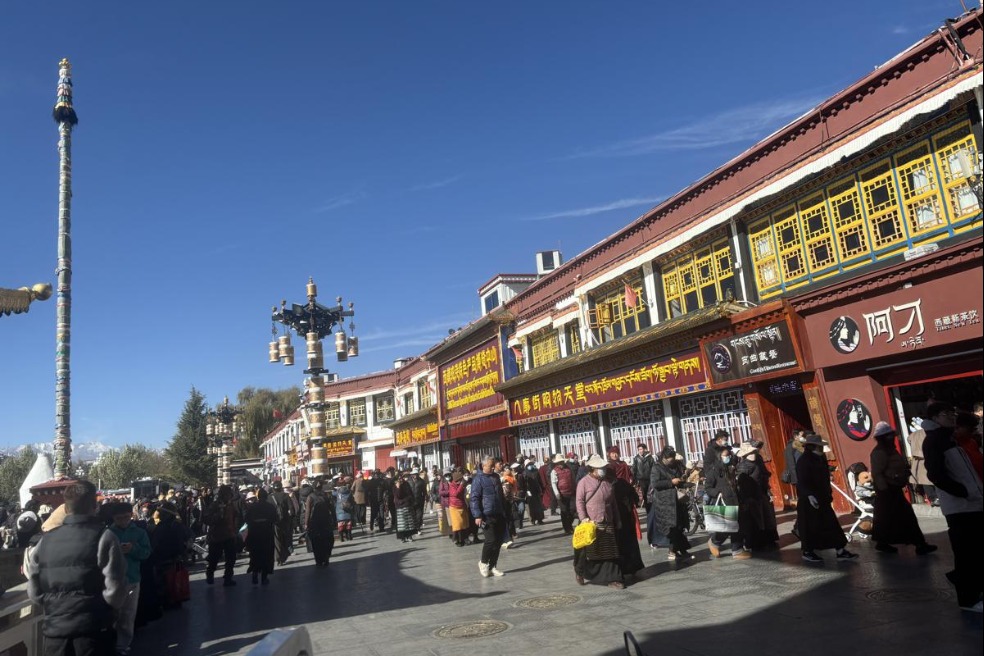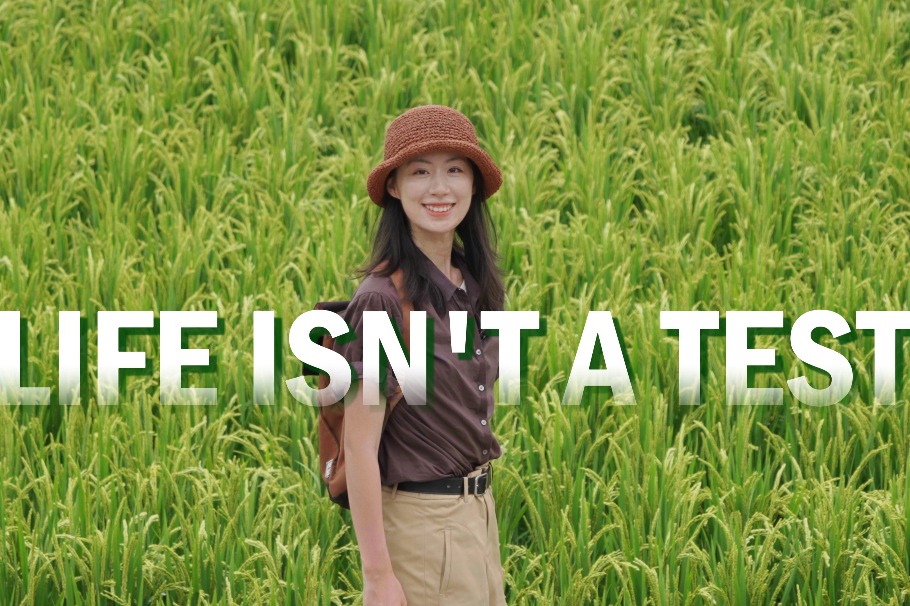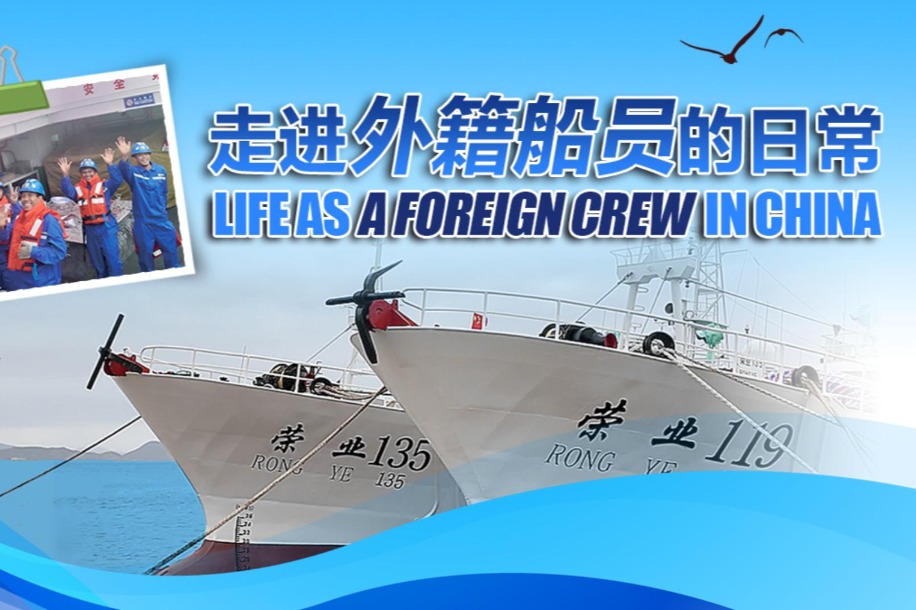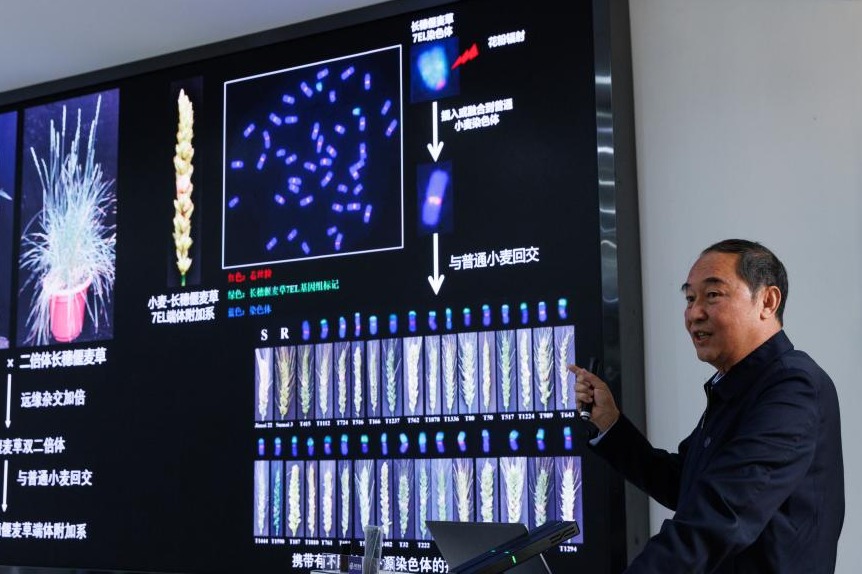What's on

Portrait masters
Dozens of figure paintings, spanning from the 16th to the 20th centuries, are on show at the Powerlong Museum in Shanghai. They offer a brief look at the changes in styles and motifs of Western art over four centuries, as well as the social values embodied and takes on the world. The exhibition, 400 Years of Western Figure and Portrait Paintings, running through to July 23, brings works of 47 important artists of the period, including Anthony van Dyck, Francois Boucher, Jean Auguste Dominique Ingres and Francisco Goya. The show traces the origins and evolution of figure paintings — first centering on the world of deities, fairy tales and religious themes, then zooming into human awakening. The works are from the collection of Tokyo Fuji Art Museum and were previously shown at Liaoning Provincial Museum before traveling to Shanghai.
10 am-6 pm, closed on Mondays.3055 Caobao Road, Minhang district, Shanghai. 021-6221-9111.
Refreshing look
When Li Hu (1919-75) held a graduation exhibition in Chongqing in 1946, Xu Beihong, the modern master and one of Li's teachers, said Li had achieved great success in integrating Western skills to create Chinese paintings. Li entered art college at a time of conflict. The War of Resistance Against Japanese Aggression (1931-45) broke out, forcing many to move southward in China. Chongqing became a hub at the time, and it was where Li completed his studies under the guidance of several important figures of modern Chinese art. Li adopted figurative brushwork and vibrant colors to depict people's life during wartime. His delicate treatment of light and shadow rendered his paintings a three-dimensional effect. An exhibition at Tsinghua University Art Museum in Beijing, through to Aug 20, shows more than 150 works of Li's that review his efforts to refresh the look of Chinese painting.
9 am-5 pm, closed on Mondays.1 Tsinghua Campus, Haidian district, Beijing. 010-6278-1012.
Exploring art
The 1960s saw artists initiate a wave of exploration, working with unconventional materials such as fiber, rope, leather, rubber, among others, that showed technological advancement at the time. By that they also sought to innovate their presentation of art and express a reinforcement of the power of nature. Meanwhile, they addressed topics about the human body, family and social roles. This experiment with new materials to hint at changes in society has continued in the work of artists, as one will find at Flexibility Carries, an exhibition at the Aurora Museum in Shanghai, through to May 23. Curated by Zhu Yujie, the show features 15 artists whose diverse works dwell on individual visions and collective experiences, and marks the 35th anniversary of Elle, the fashion magazine.
10 am-5 pm, Tuesday to Sunday; Friday open until 9 pm; closed on Mondays. 99 Fucheng Road, Lujiazui, Pudong New District, Shanghai. 021-5840-8899 Ext 607.
Long pursuit
Zhou Sicong (1939-96) and Lu Chen (1935-2004) are known as a devoted couple in the Chinese painting circles. They were hardworking and kept a low profile. As graduates of the Central Academy of Fine Arts in Beijing, both created several realistic works, depicting farmers, factory workers, miners and other people at the grassroots level. In their later years, the couple turned to a semi-abstract approach. Zhou, a resident artist at the Beijing Fine Art Academy, revisited the lotus motif in her work, and Lu, a professor at his alma mater, the CAFA, researched the xieyi ("highlighting the spirit") style that is marked by loose brush strokes and light colors. Art is Long, an exhibition now at He Xiangning Art Museum in Shenzhen, Guangdong province, through to June 25, reviews the careers of the two artists and their contribution to modern Chinese ink art.
9:30 am-5 pm, closed on Mondays.9013 Shennan Dadao Road, Nanshan district, Shenzhen, Guangdong province.0755-2691-8118.
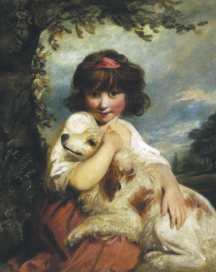
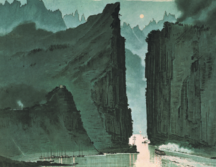
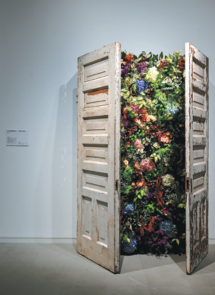

Today's Top News
- Judicial reform critical for modernizing governance
- Effective use of investment emphasized
- China's shuttle diplomacy strives to reach ceasefire
- Nanjing Museum's handling of donated art, relics being probed
- Key role of central SOEs emphasized
- New travel program hailed as 'milestone'

















